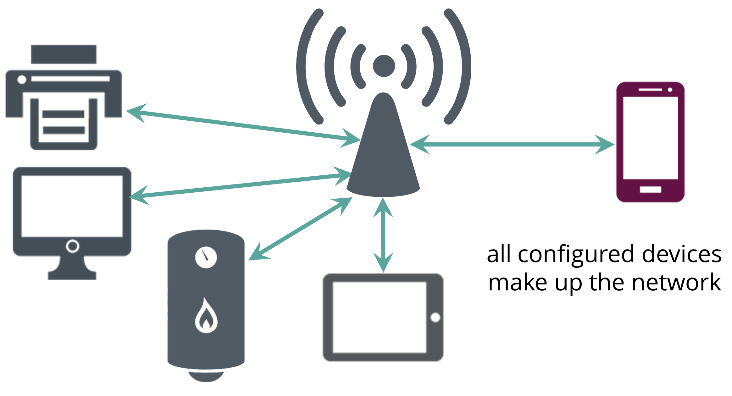

As of July 1, 2020, support for WPA3 is mandatory. From March 13, 2006, to June 30, 2020, WPA2 certification was mandatory for all new devices to bear the Wi-Fi trademark. In particular, it includes mandatory support for CCMP, an AES-based encryption mode. WPA2, which requires testing and certification by the Wi-Fi Alliance, implements the mandatory elements of IEEE 802.11i.
#WIFIWAY 3.4 WPA WPA2 CODE#
Researchers have since discovered a flaw in WPA that relied on older weaknesses in WEP and the limitations of the message integrity code hash function, named Michael, to retrieve the keystream from short packets to use for re-injection and spoofing. TKIP is much stronger than a CRC, but not as strong as the algorithm used in WPA2. WPA uses a message integrity check algorithm called TKIP to verify the integrity of the packets. Well-tested message authentication codes existed to solve these problems, but they required too much computation to be used on old network cards. CRC's main flaw was that it did not provide a sufficiently strong data integrity guarantee for the packets it handled. This replaces the cyclic redundancy check (CRC) that was used by the WEP standard. WPA also includes a Message Integrity Check, which is designed to prevent an attacker from altering and resending data packets. TKIP employs a per-packet key, meaning that it dynamically generates a new 128-bit key for each packet and thus prevents the types of attacks that compromised WEP. WEP used a 64-bit or 128-bit encryption key that must be manually entered on wireless access points and devices and does not change. The WPA protocol implements the Temporal Key Integrity Protocol (TKIP). However, since the changes required in the wireless access points (APs) were more extensive than those needed on the network cards, most pre-2003 APs could not be upgraded to support WPA. WPA could be implemented through firmware upgrades on wireless network interface cards designed for WEP that began shipping as far back as 1999.
#WIFIWAY 3.4 WPA WPA2 FULL#
The Wi-Fi Alliance intended WPA as an intermediate measure to take the place of WEP pending the availability of the full IEEE 802.11i standard. In January 2018, the Wi-Fi Alliance announced the release of WPA3, which has several security improvements over WPA2. The Wi-Fi Alliance intended it as an intermediate measure in anticipation of the availability of the more secure and complex WPA2, which became available in 2004 and is a common shorthand for the full IEEE 802.11i (or IEEE 802.11i-2004) standard. WPA (sometimes referred to as the TKIP standard) became available in 2003. The Alliance defined these in response to serious weaknesses researchers had found in the previous system, Wired Equivalent Privacy (WEP). Wi-Fi Protected Access ( WPA), Wi-Fi Protected Access 2 ( WPA2), and Wi-Fi Protected Access 3 ( WPA3) are the three security certification programs developed after 2000 by the Wi-Fi Alliance to secure wireless computer networks.

Security protocol for wireless computer networks


 0 kommentar(er)
0 kommentar(er)
